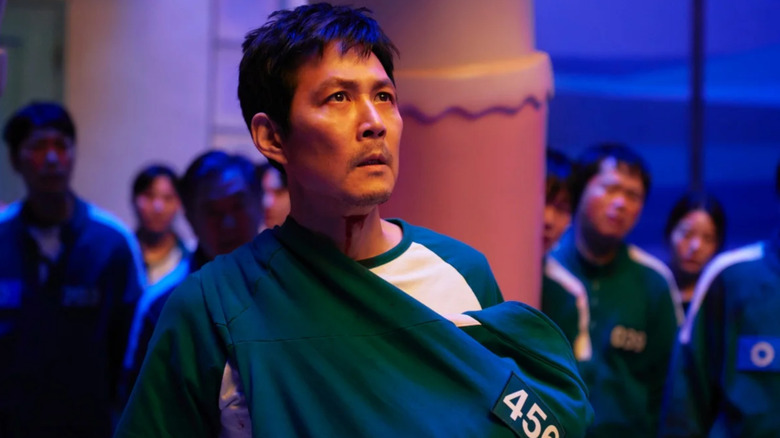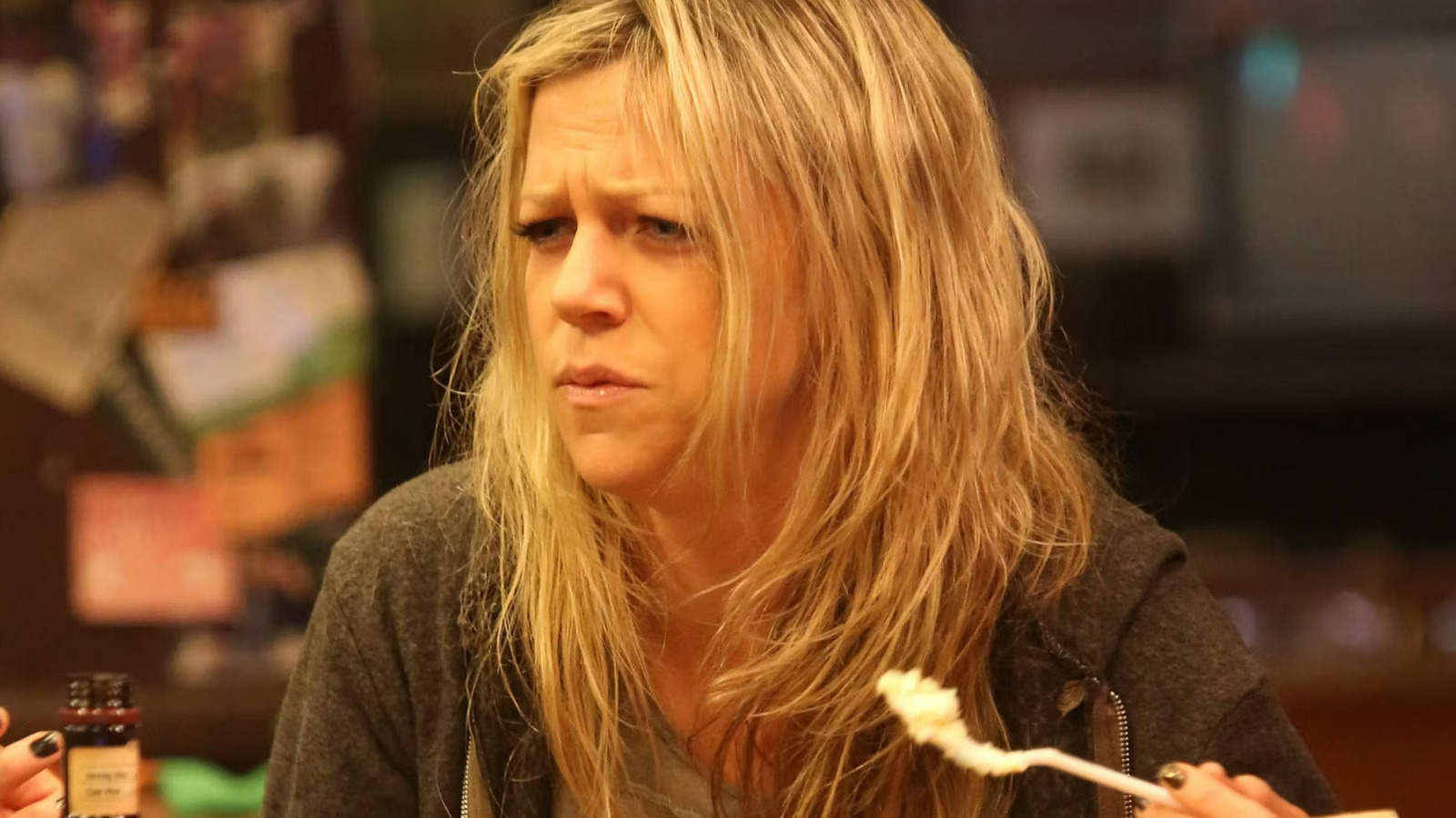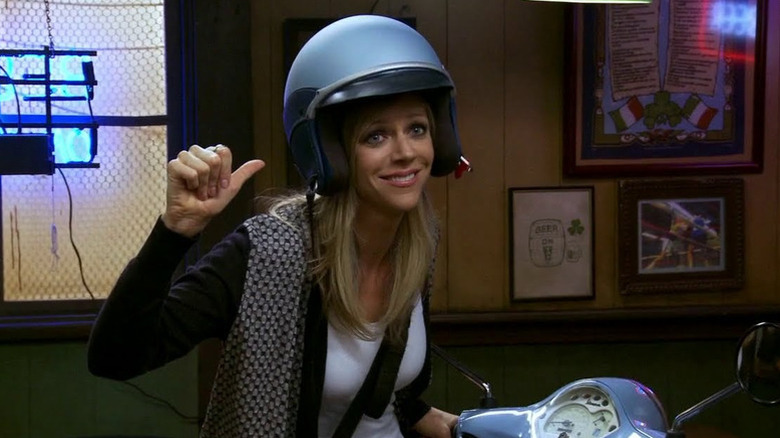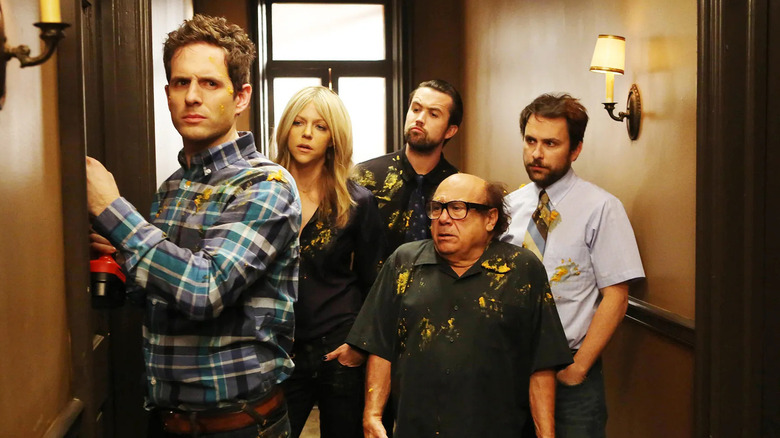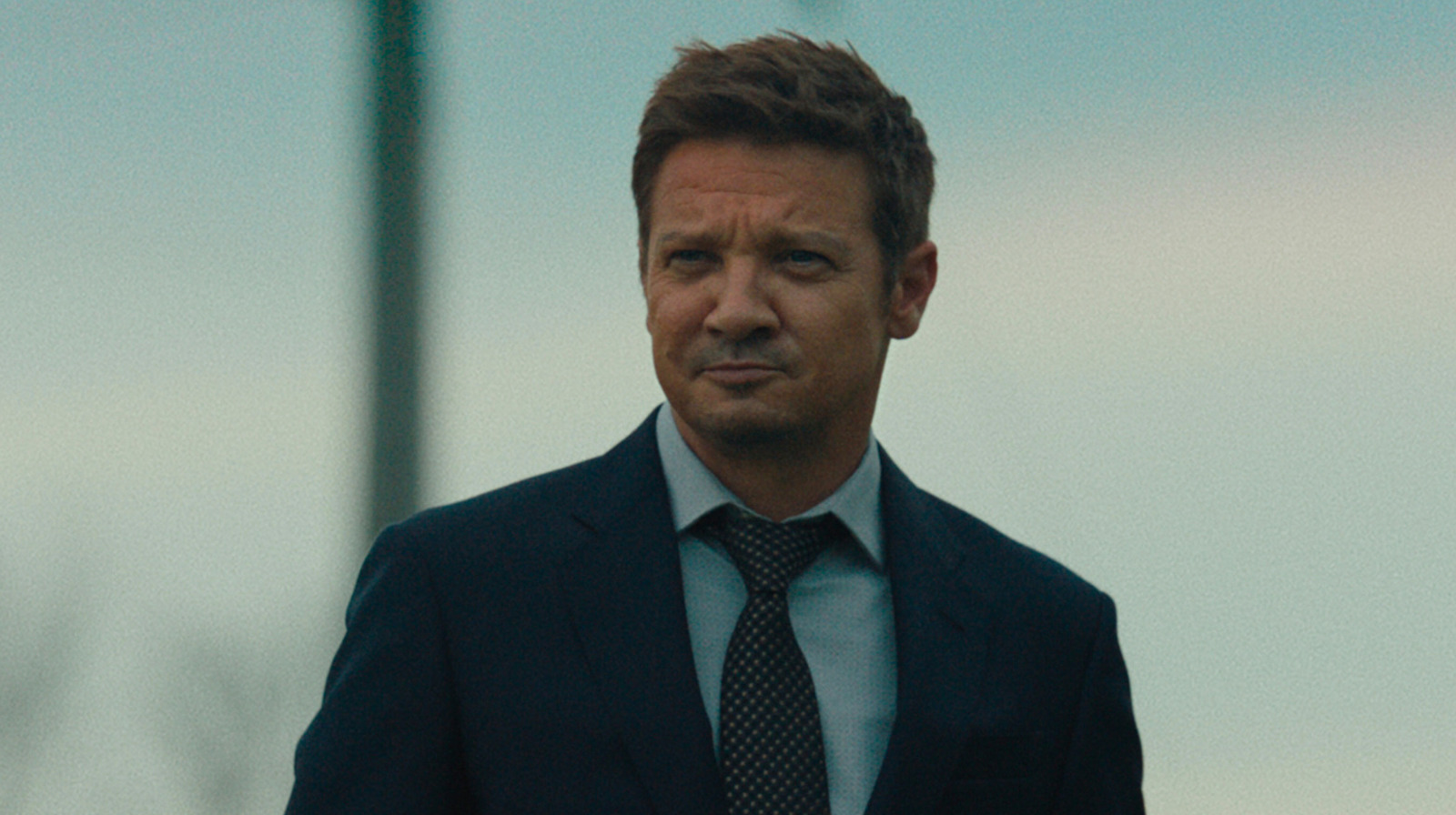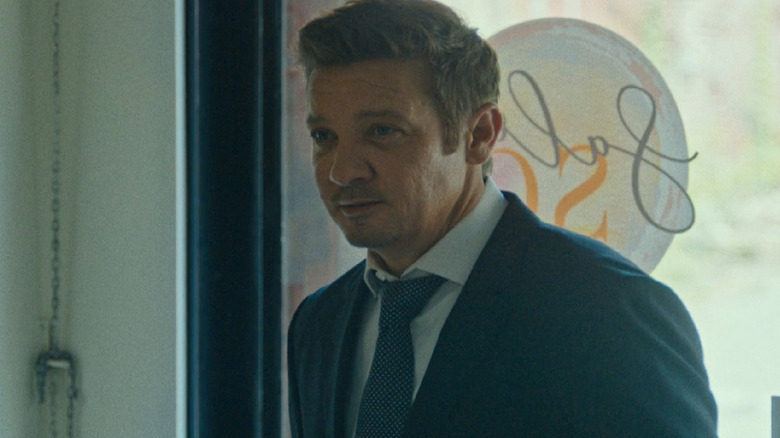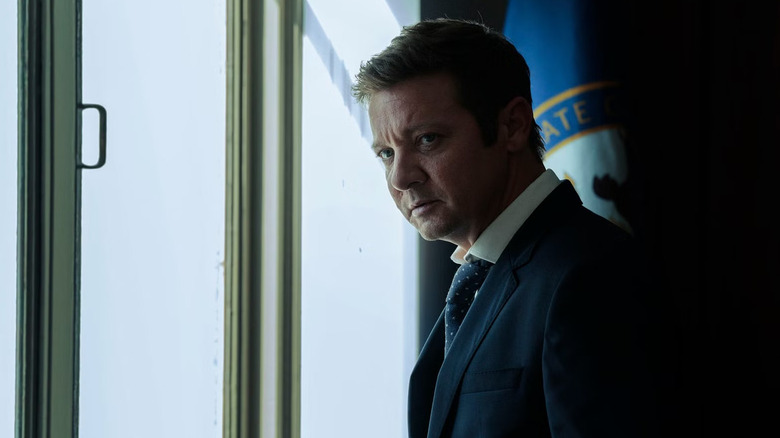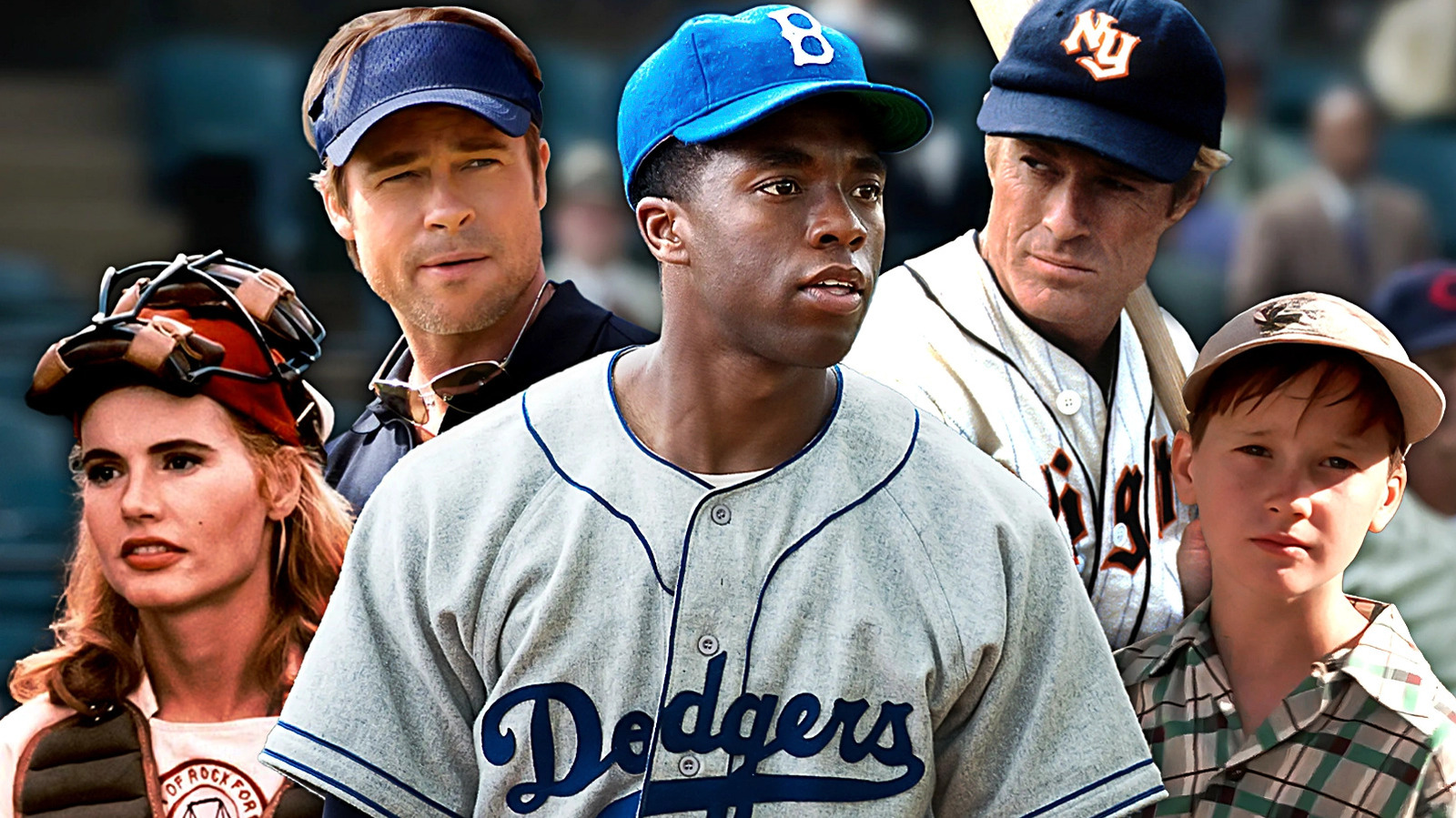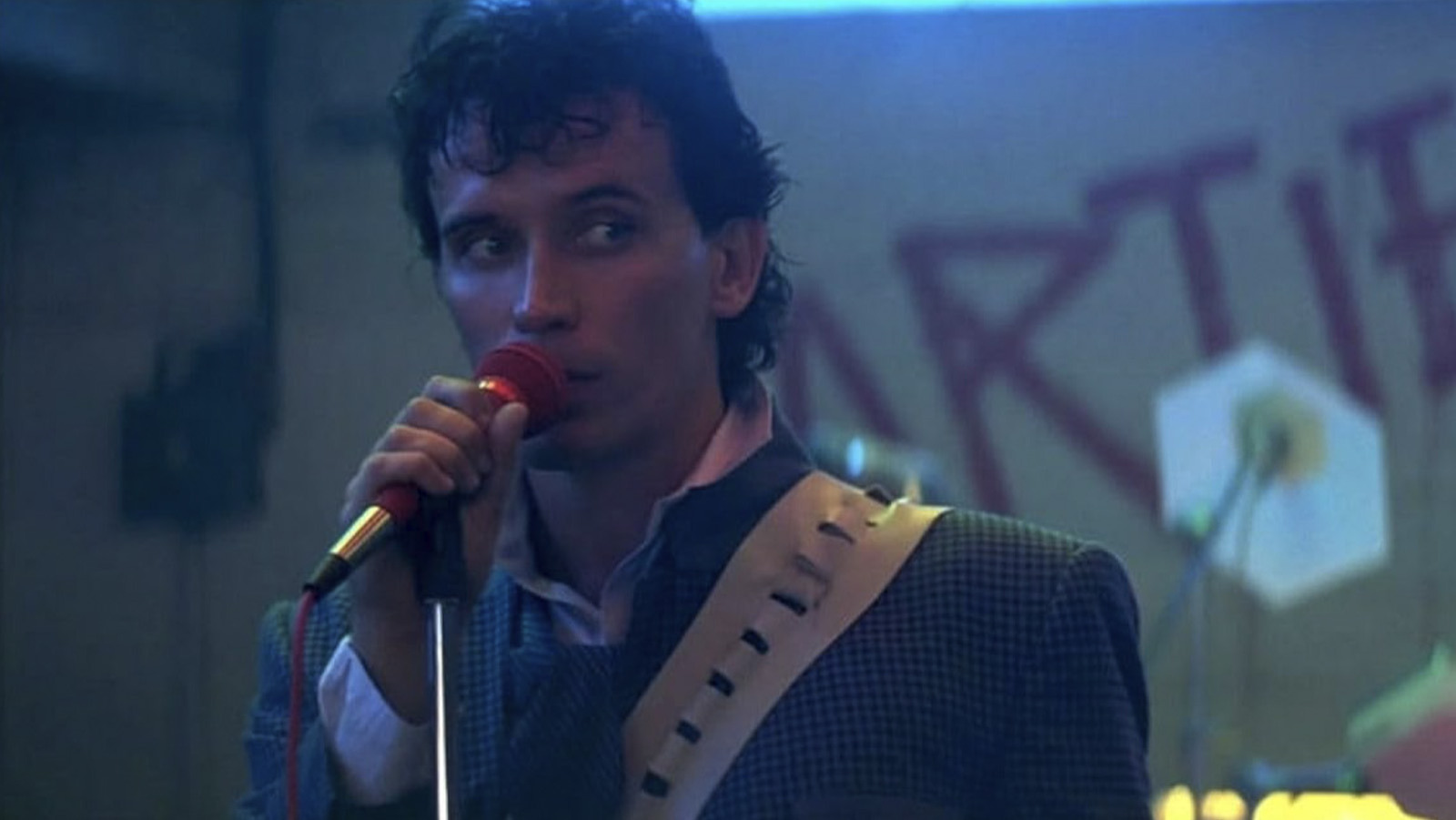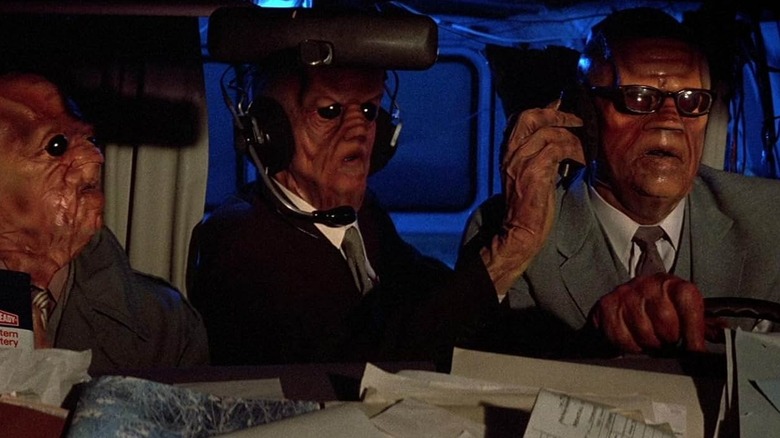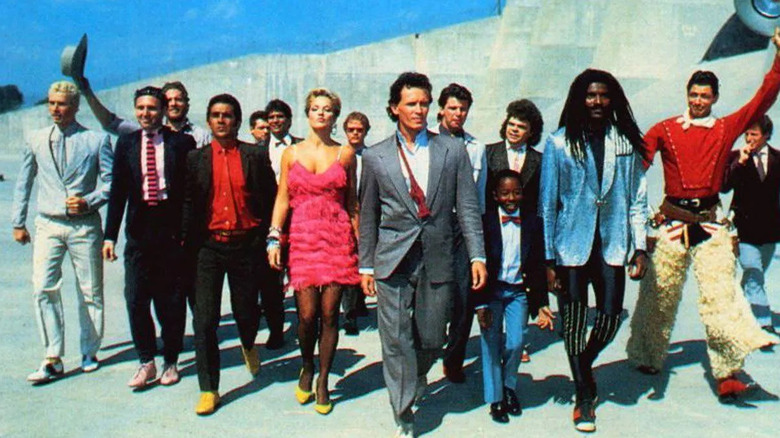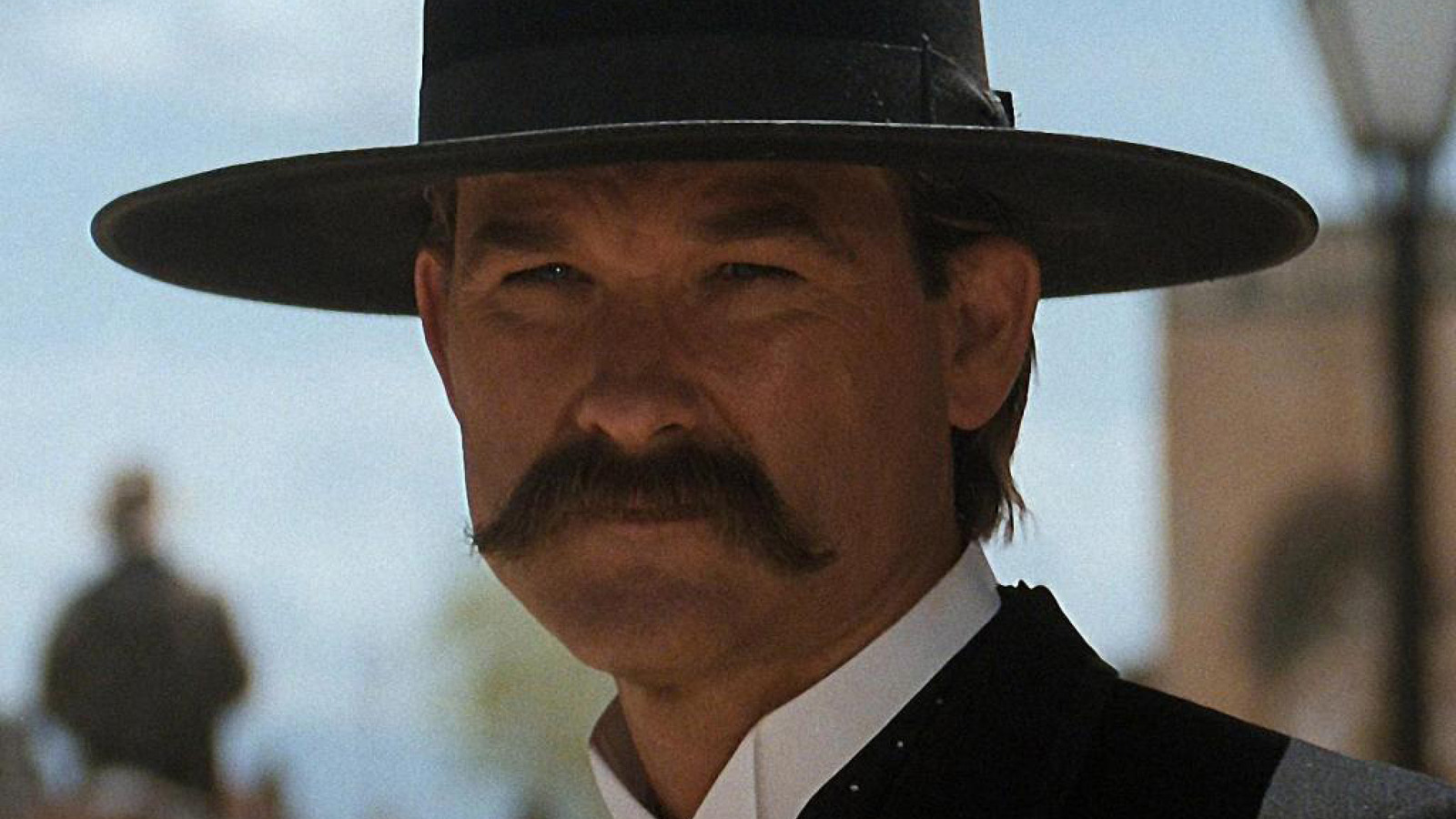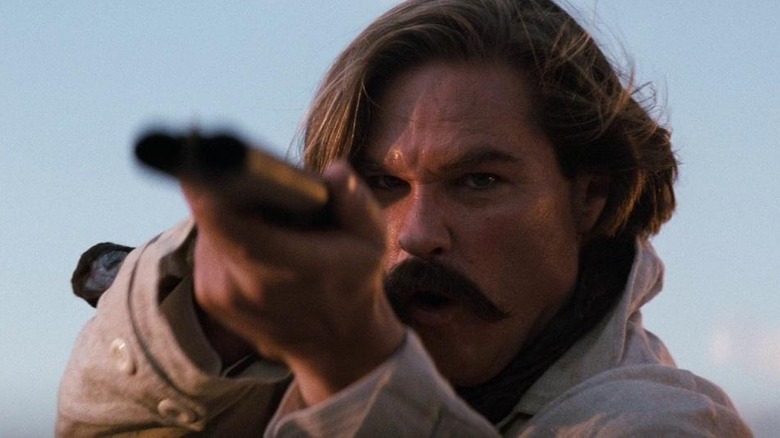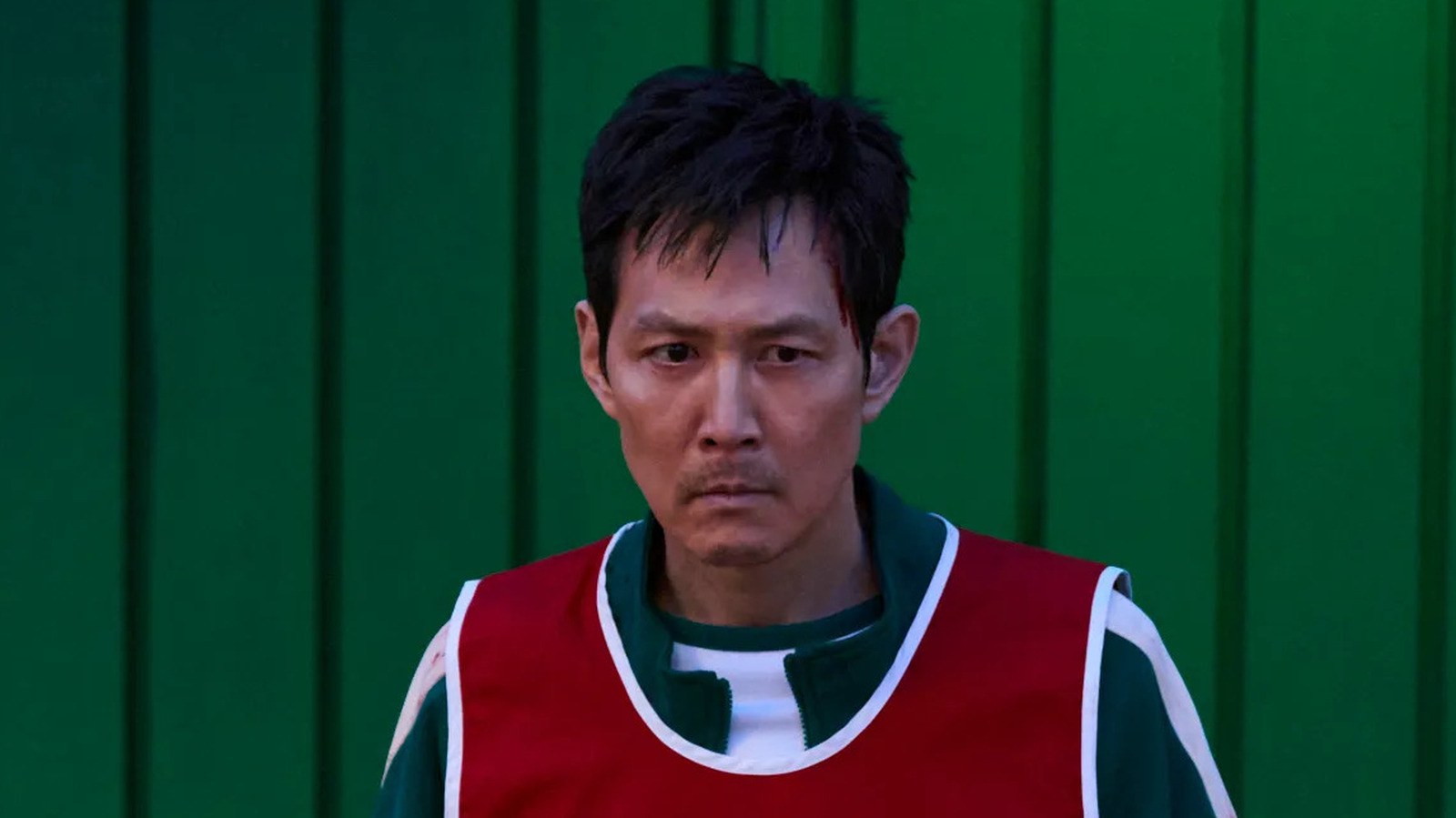
TV & Beyond on 2025-06-30 23:42:03
sacrifices his own life for Player 222, a newborn CGI baby. The moment makes for a poignant conclusion to Gi-hun’s character arc; he goes from a fairly selfish guy in season 1 to someone making the ultimate sacrifice for a stranger in season 3. It also helps Gi-hun win his moral argument against the Front Man In-ho (Lee Byung-hun), as he is proving in his final moments that humans are more than self-serving animals.
The only problem with Gi-hun’s final moment is that he fails to make a coherent speech. He’s trying to say something profound, but he’s too tired and broken to finish the sentence. All he can say is, “Humans are…” before he gives up and plummets to his death. In the recent Netflix feature “Squid Game in Conversation,” showrunner Hwang Dong-hyuk shed some light on what Gi-hun was trying to say.
“I wanted to continue with, ‘As humans, this is what we should do, as humans, this is how we should be, and starting now, this is how we can turn this world of ours into a better one.'” Dong-hyuk explained. “But as I wrote that all out, it became clear I couldn’t sum this up in a single line. People are far too complex to be defined categorically like that.”
In the end, Gi-hun didn’t need to be all that concise with his final words, as it was his actions that spoke for him. In-ho definitely seemed to understand what he meant, which might be why he went out of his way afterward to make sure Gi-hun’s daughter received his fortune. Kang No-eul (Park Gyuyoung) understood him too; she responded to his final moments by deciding to keep looking for her own lost child, despite the odds not being in her favor. Gi-hun pleaded in his final moments for humans to be kinder to each other, and it seems like the other characters listened.

